The 9th edition of Wiki Loves Earth photo contest finished in September, and we have received amazing winning photos from 34 countries and territories. While the organizing team is working to determine international winners, here is an overview of our local winners (we highlight one of the winners per country, they don’t necessarily represent the 1st place, but are taken from the overall top photos on the local level). Enjoy a virtual trip to some of natural monuments all around the world:

Lake Gosh is situated in the Dilijan National Park – one of the four national parks of Armenia. It has rich biodiversity, medicinal mineral water springs, as well as natural and cultural monuments.

This year we had a division of local winners into 2 categories: landscapes and macro/close-up photography. Look at such a great close-up of the Ring-tailed Dragon lizard blending into a red rock at Kings Canyon, Watarrka National Park, Northern Territory, Australia.
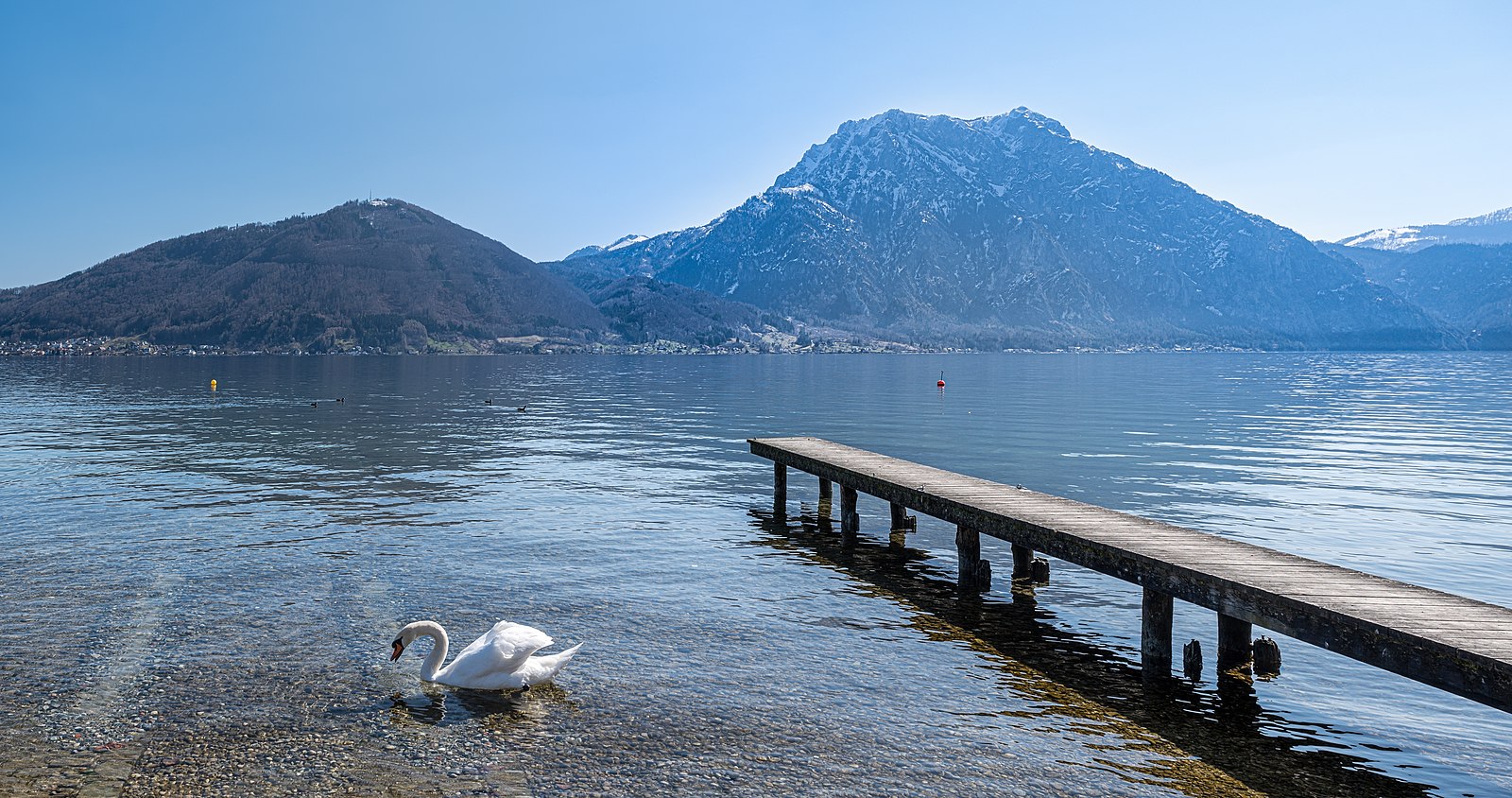
Traunstein is the highest mountain on the east bank of Traunsee in the district of Gmunden, Austria. This year, Austrian WLE was integrated into the annual Austrian WikiDaheim photo contest.
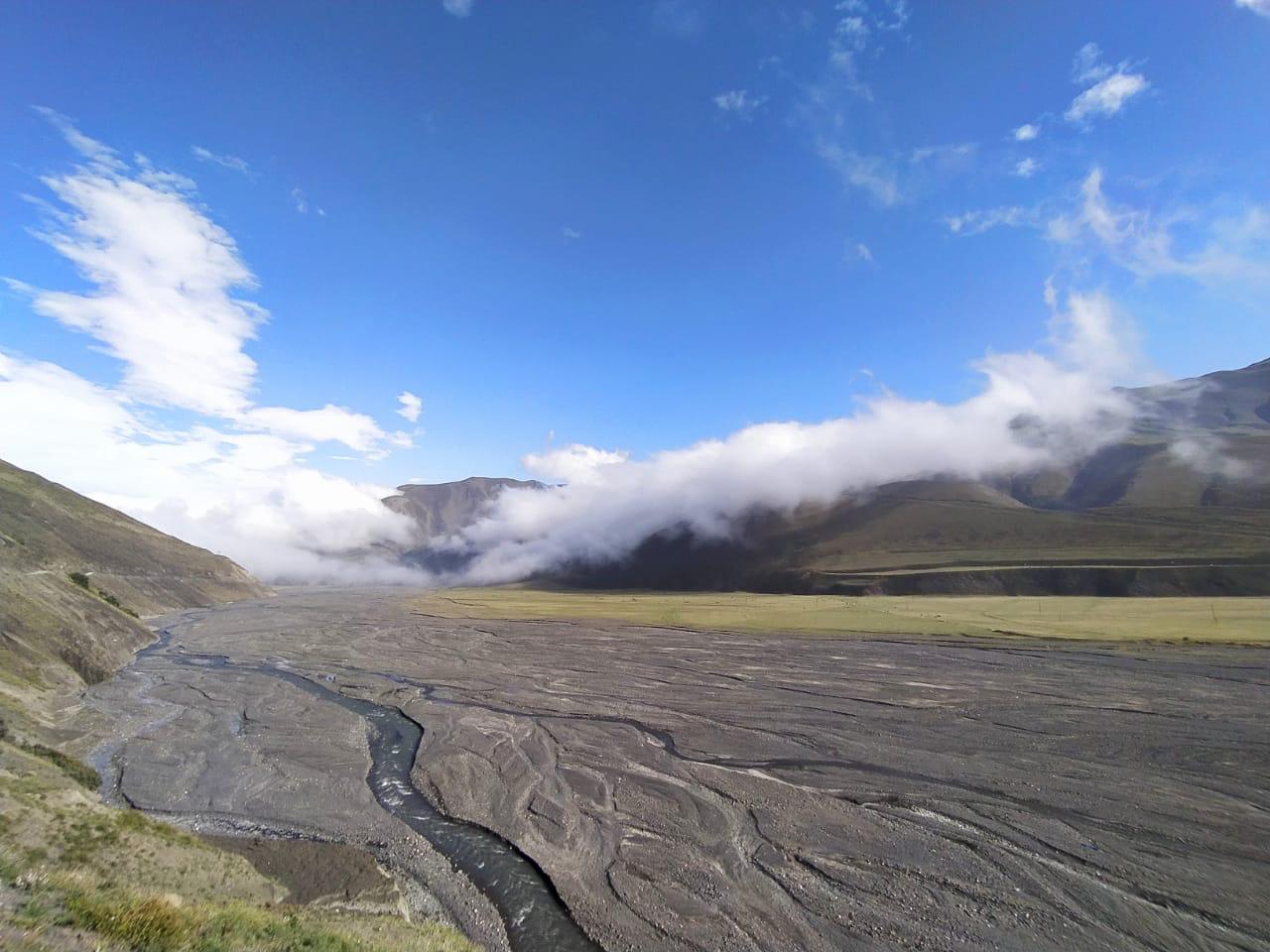
Gudyalchay river in Guba District represents the nature of Azerbaijan. The river starts at the northern slope of Tufan Dagh in Greater Caucasus, at 3,000 meters above sea level and ends its stream by flowing into the Caspian sea.

Mysterious photo – winner of the landscape category in WLE 2021 in Belarus represents Lake Chortava in Aziory Zakaznik having a territory of 218,52 km² with a range of lakes.

One of the local winners in WLE Benin shows us an amazing Senegal chameleon which is a species of reptile native to West Africa. It is found in Cameroon, Senegal, Benin, Mali, Nigeria in the humid savannah.

Drone photos can show us protected sites in full scale – look at this one capturing Toque-Toque Grande Beach in the State-level North Coast Marine Environmental Protection Area, located in São Sebastião, Brazil.

The Lobé Falls are located 300 kilometers southwest of Yaoundé, the capital of Cameroon. Their uniqueness lies in this vast set of streams flowing in a series of waterfalls over a distance of 1 kilometer. For the Batanga, Maabi and Pygmy people who live nearby, the Lobé Falls represent a place of belief and are generally associated with various worship and cultural rituals related to the water of the river and the sea.

National park Krka in Croatia is named after the river Krka that it encloses. It is located along the middle-lower course of the Krka River in central Dalmatia, in Šibenik-Knin county. The Krka Waterfalls area has the second highest density of lavender in Europe, hence the high frequency of wasps and bees in the area.

WLE in Germany chose as one of the winners this spectacular aerial view of nature reserve at Wallersberg in Weismain, Lichtenfels. It has wonderful colors, doesn’t it?

WLE is focusing not only on capturing landscapes, but also flora and fauna of protected sites. Look at this winning photo of WLE in Ghana featuring a local elephant at Mole National Park.

Did you know that except for sunny beaches Greece also has snowy landscapes? This winning photo is proof depicting Oros Tymfi mountain. The area lies north of the town of Ioannina, in the region of Zagori which was established as a National Park in 1973. The core zone comprises the Vikos gorge which is about 10 km long and has vertical rocky cliffs many hundreds of meters high.

The Guinean WLE winner shows us a Chimpanzee of Bossou; this species is well known for using a stone hammer and anvil to crack open the nuts of the oil palm tree (Elaeis guineensis). Their genetic diversity and survival are now critically threatened.

A unique moment of volcano eruption became a winner of WLE in Indonesia. It was taken near Mount Merapi that is located on the border of Central Java and Yogyakarta has an altitude of 2,930 meters above sea level. From the end of 2020 until now, Mount Merapi is erupting. The frequency of incandescent lava discharge can reach dozens of times a day. The farthest sliding distance from incandescent lava reaches 2,200 meters.

The Cliffs of Moher are sea cliffs located at the southwestern edge of the Burren region in County Clare, Ireland. They run for about 14 kilometres and rank among the most visited tourist sites in Ireland, with around 1.5 million visits per annum.

One of the winners of WLE in Italy shows us a wonderful sunset at the Tre Cime Natural Park in the Autonomous province of Bolzano, Italy. The peaks are composed of well-layered dolomites of the Dolomia Principale (Hauptdolomit) formation.

Kenya is surprising us the second year in a row with amazing photos of representatives of its fauna. This winning photo depicts two giraffes taken in Rombo, Kenya.

Văratic Gorge, a natural monument located in Rîșcani district, east of Văratic village, Moldova was formed over several hundred thousand years ago. There is a massive reef of Badenian age and skeletons of corals, foraminifera, mollusks, algae-lithotams and other aquatic organisms.
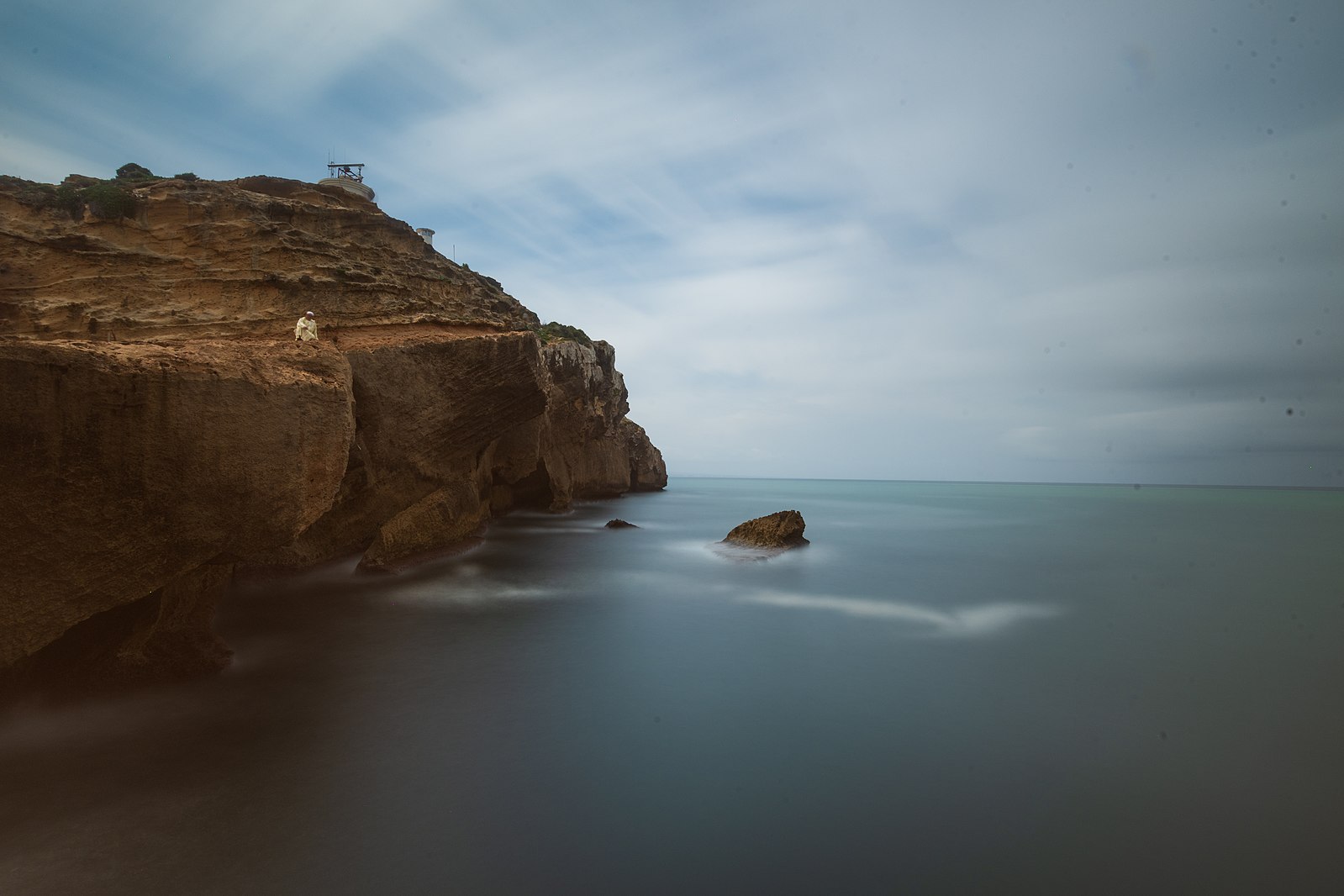
Ras El Ma is a cape in Morocco situated nearby Tarourt Lalla Soueka. Morocco is a country unique in the variety of its natural resources – it has both mountain ranges and sandy beaches.
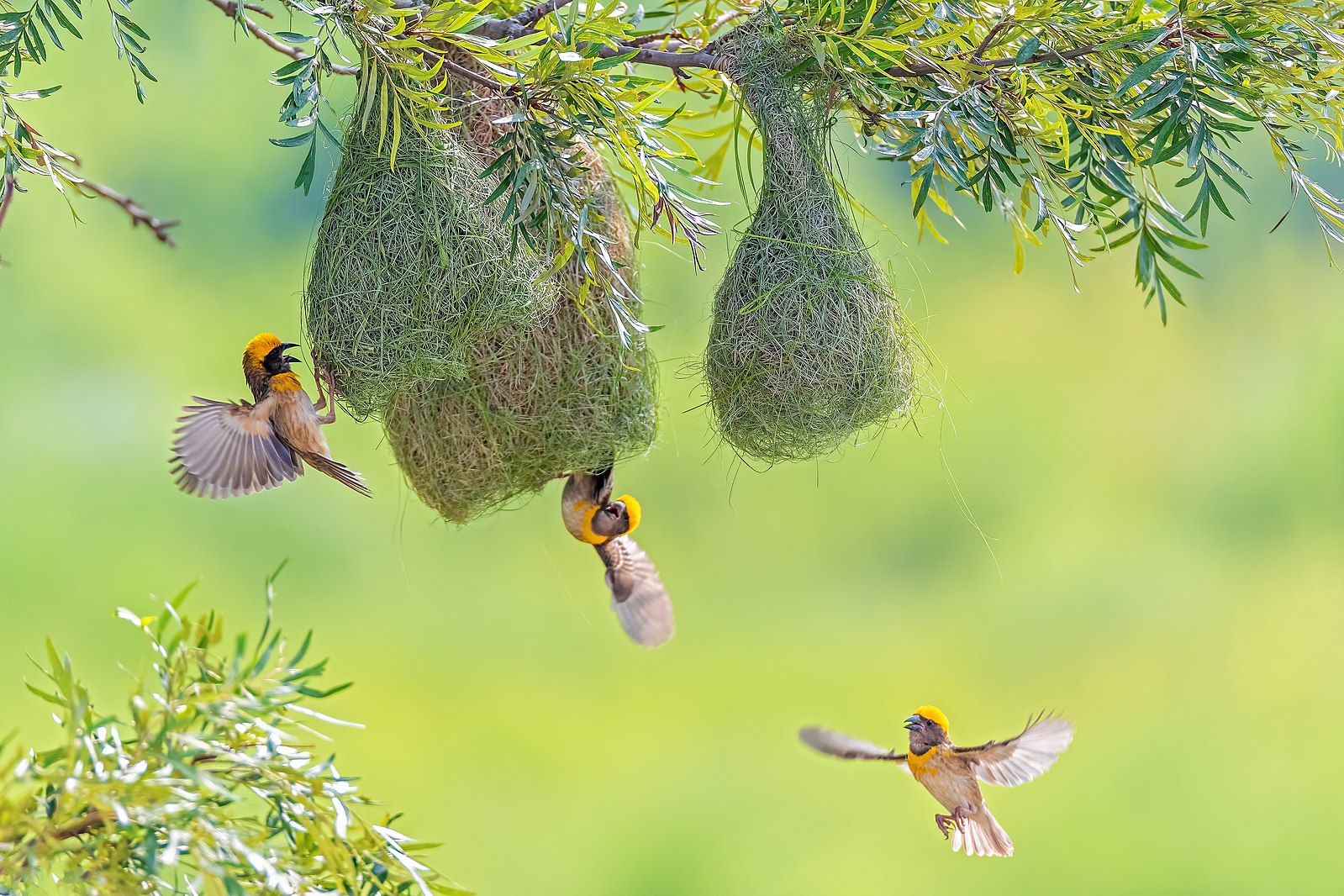
Baya Weavers (Ploceus philippinus’) are best known for their elaborately woven nests. These pendulous nests are retort shaped, with a central nesting chamber and a long vertical tube that leads to a side entrance to the chamber. The nests are woven with long strips of paddy leaves, rough grasses and long strips torn from palm fronds you can see in Chitwan National Park, Nepal.
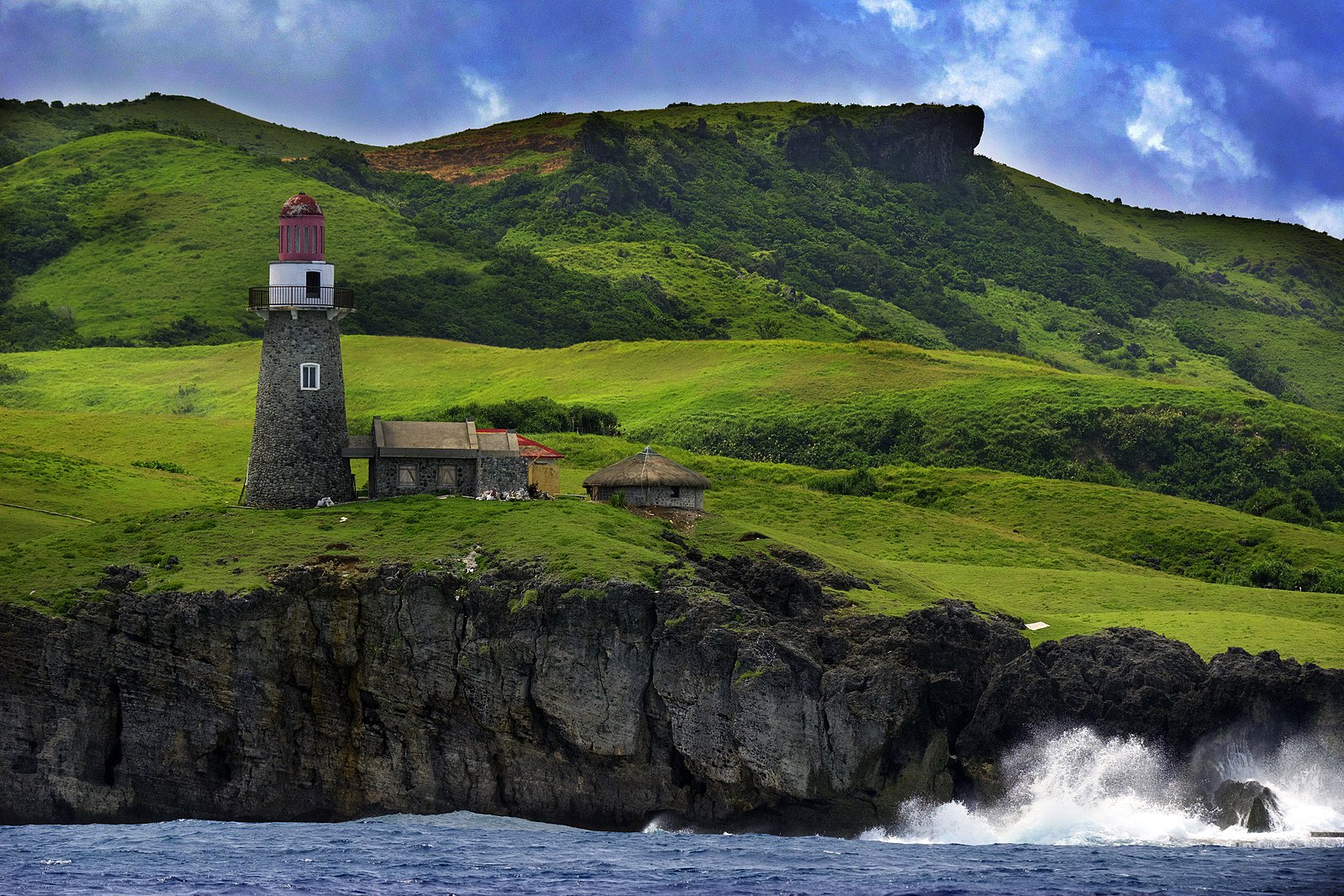
Sabtang Island is one of the three main inhabited islands of Batanes, the northernmost province in the Philippines. With its well-preserved culture, beautiful natural landscapes, and friendly people, this remote island is such a refreshing escape.

One of the winners of WLE in Portugal shows us an amazing reflection of the ocean view depicting also a fisherman that fits well in the landscape. It’s located in National Park Sudoeste Alentejano e Costa Vicentina in Portugal.

One more volcano in our blog post – now in Russia! It depicts a south cone of the 1975-76 Tolbachik eruption in Kamchatka Krai.
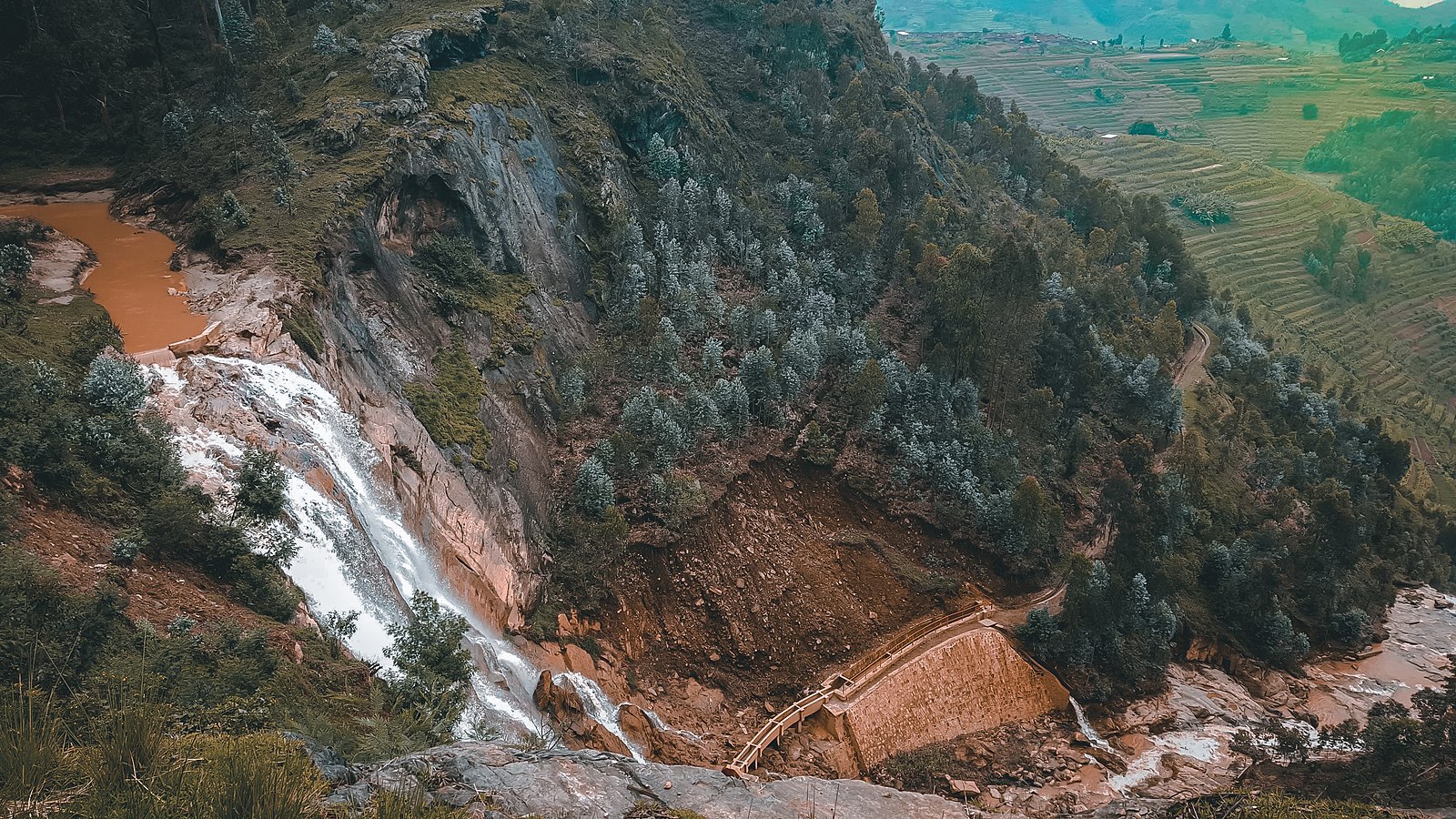
Karongi kibuy in Rwanda is in the list of top places to visit and explore in the country. Other local winners in Rwanda depict representatives of fauna, check them out.

Cap de Barbaria protected site in Spain was depicted by a WLE local winner. If you look attentively, you can see a lighthouse on Formentera Island.
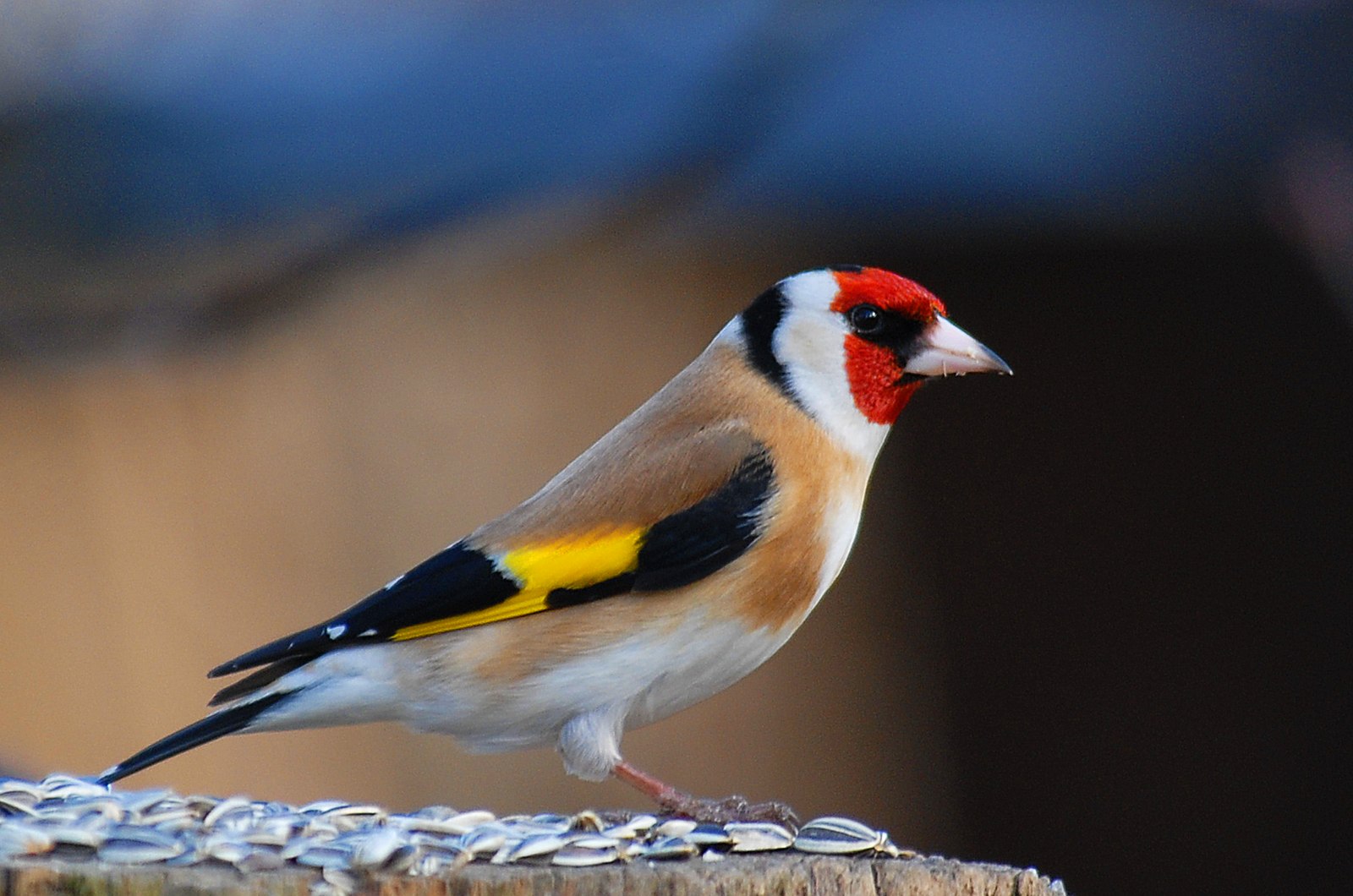
It is rare that Goldfinch appears at the bird tables, but in Sweden during migration it can happen. Here he was attracted by sunflower seeds in Haväng and Vitemölla beach slopes.

Xiaoyoukeng is located in Yangmingshan National Park, Taiwan. This is the first time in life the author saw snow on this mountain. When the mist on the top of the mountain drifted away, he found that the top of the mountain was covered with snow, which is an unusual sight in Yangmingshan National Park.
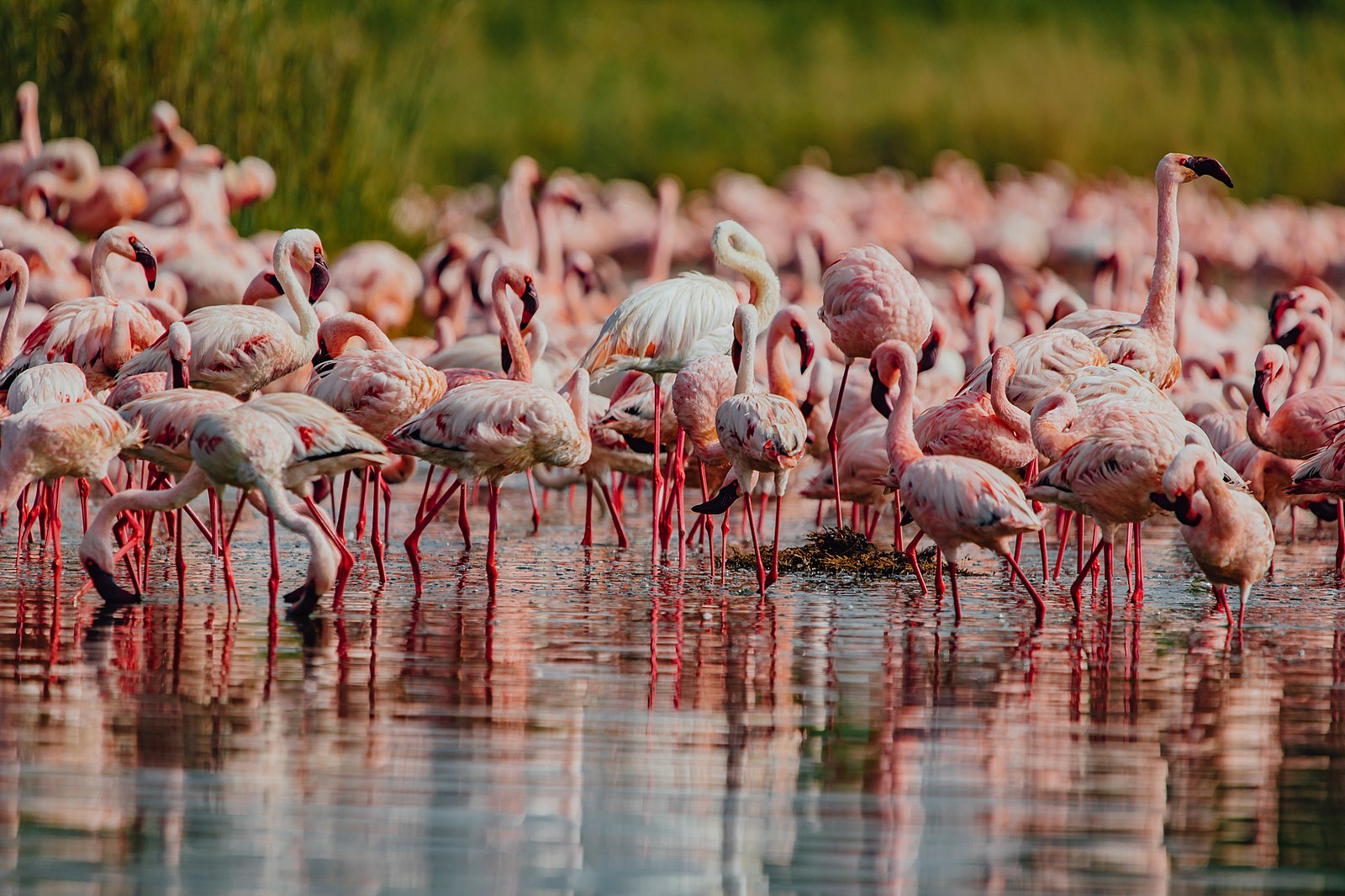
Our international winner of WLE 2021 Daniel is in the game again: now he got on the list of local winners of WLE in Tanzania. The photo depicts flamingoes in the Serengeti National Park that is world-famous for the Great Migration when over two million animals pass through its plains.

WLE 2021 in Turkey winner shows us the Seven Lakes plateau. It is located at an altitude of 3000 meters in Aladaglar National Park. Interestingly, Büyükgöl depicted on the photo is a glacial lake.

One more amazing close-up is a winner of WLE in Tunisia. It’s the Little Owl (Athene noctua) near the IBA (Important Bird Area) Aqueduct of Zaghouan, Tunisia.

The Ugandan winner depicts a wonderful view on local birds – the western plantain-eaters (Crinifer piscator), also known as the grey plantain-eater or western grey plantain-eater.

UAE is joining WLE again this year and brings us great winners. This photo depicts the mountains of Wadi Shawka the author managed to catch at sunrise time.

Lake Arshytsya in the Carpathian mountains, Western Ukraine, was taken from the sky and participates in a local special nomination “Best aerophoto”. Arshytsya Nature Reserve was created to preserve mountain oldest forests on the verge of transition from mixed to pure spruce forests (250-300 years old) and further to mountain pine thickets (230 years old).

Wales has joined WLE for the first time and brought amazing results. “Just after the easing of lockdown we ventured to ogwen Valley to catch the milky way arch”, – the author of the winning photos says. It was taken in Snowdonia National Park.
Stay tuned to find out who the international winners are! The results will be announced in the end of November – beginning of December.
Do you have any questions about Wiki Loves Earth? Maybe you want to organize WLE in your country next year? Contact us at wle-team@wikimedia.org.ua and we will tell you everything you want to know!
Follow us on social media:
